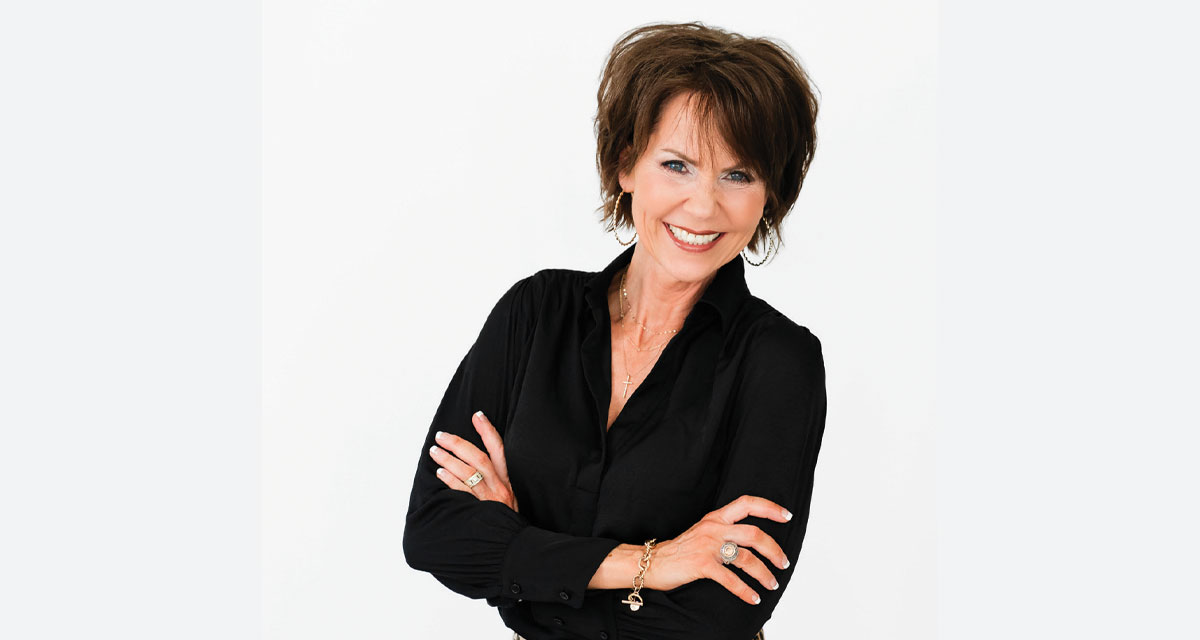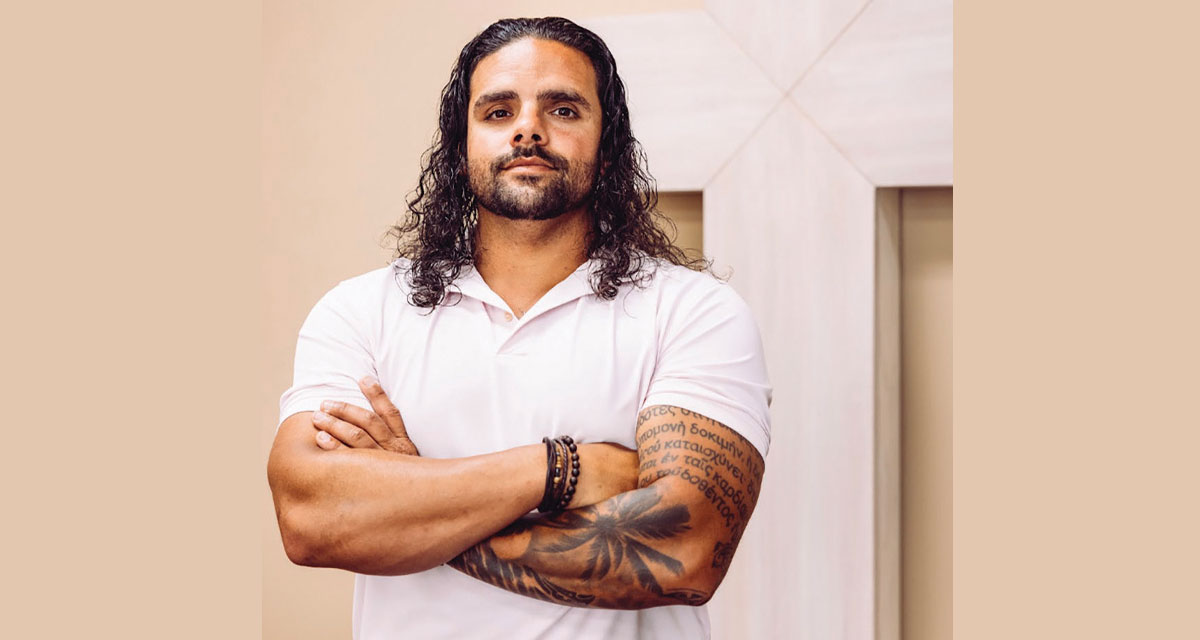Most every woman has asked herself this question. Why is it important and exactly how is beauty defined? Throughout the evolution of man, attractiveness was originally based on health and strength. Younger women with good skin and symmetrical features, both signs of lack of disease and parasites, were desirable for successful childbearing. Not a very romantic description of attraction!
Throughout history, cultural choices have often defined beauty. Many features considered beautiful in one culture, or during one era, may not be embraced as beautiful in another. The thin, fit body so desired by women in our society today would not have been popular in Renaissance Italy when plumpness and a slightly rounded belly were desirable. Or in Edwardian England when the hourglass figure, often created with a tortuous corset, was all the rage. Thin, flat chested women were thought of as beautiful in the Roaring Twenties and again in the 1960s when the stick thin Twiggy was the top model.
Ideals of beauty are often defined by the desire to appear successful and affluent. Tan skin, for example, was once considered the mark of a field laborer or someone not affluent enough to enjoy the leisure of resting indoors. This turned around after the industrial revolution when laborers moved from the fields to the factories, and the rich began to enjoy outdoor sports such as yachting and tennis. Tan skin became the mark of cultural beauty.
Pale skin is still very much sought after in modern Korea and India where women are encouraged to use skin lightening products, and advertising claims that lighter skinned people are not only more beautiful but happier and more successful.
In the 1970s in America, African American women began to be recognized in the media as ideally beautiful. Changes in the makeup of a society can alter the perception of beauty. Allure magazine did surveys of readers both in 1991 and 2011. The ideal beauty chosen by readers in 1991 was a blue-eyed, light-skinned blond. In the second survey, women of mixed ethnic backgrounds with darker skin tones and blended ethnic facial features were chosen as the most beautiful women in America.
Modern day beauty in America is also associated with lack of body hair and very specific eyebrow shaping. Most women would be surprised to learn that in Ancient Greece, the unibrow was considered beautiful for women and some even drew in center hairs to achieve the look. In Europe today, the obsession with removing body hair is much less extreme.
Often, beauty trends are dictated by commerce, with businesses advertising to women that they need specific products and treatments to achieve beauty. Does anyone really need laser hair removal, skin lightening creams, non-surgical facelifts, and figure-enhancing implants? No, but many people want, and seek out these opportunities in order to achieve attractiveness.
As you can see, the idea of beauty varies from culture to culture. So, how do we define true beauty and how do we judge our own level of attractiveness? For some, this can be a more difficult task than need be. The influence of modern-day marketing aimed at women is powerful. Constant bombardment of photos of idealistically beautiful women, thin and fit, with flawless skin and teeth, can unduly influence someone to believe she does not compare. This can negatively affect self-esteem and often results in eating disorders, excess exercise, and money spent on countless products and procedures.
Beauty is subjective, but one’s outer appearance can be immeasurably enhanced by attitude and health. Outer beauty is influenced by many cultural practices. Inner beauty is a unique possession we each own and is strengthened by self-love and realistic expectations. Emanating a sense of self-love and worth can be very attractive. The unique “flaws” we each possess in our physical appearance can make us attractive in our own way. What a boring world it would be if we all looked like runway models! It is often our little physical flaws, such as that slightly crooked front tooth or that row of sun-kissed freckles across our nose that make us beautiful to those who love us. So, when you ask yourself, “Am I beautiful?” answer “Yes!”






















